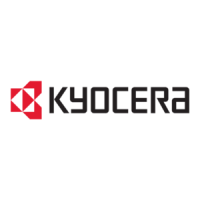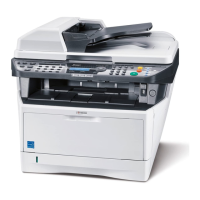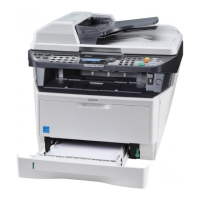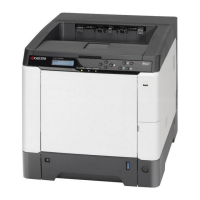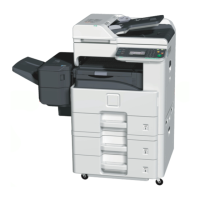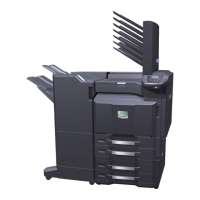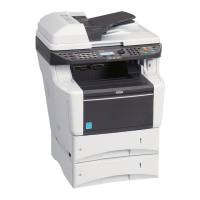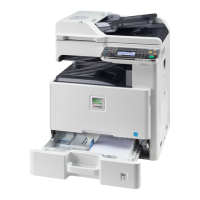selecting the error correction level, the following applies as when selecting the
encoding: If the symbol size and the read speed are not particularly important for
your application, then you are recommended to select 30 %.
Version 40, for example, with an error correction level of 7% is able to accommodate
either 7089 digits, 4296 alphanumeric characters, 2953 binary bytes or 1817 Kanji
characters. With an error correction level of 30 % there are only 3057 digits, 1852
alphanumeric characters, 1273 binary bytes or 784 Kanji characters, as the
proportion of the Reed-Solomon module is higher.
You can specify the module size as an additional parameter. The minimum size is 1
dot and the maximum legal size is 1000 dots at 600 dpi. It is, of course, necessary to
select a size at which the symbol will actually fit onto the paper format that you use. If
you would like to print symbols with a very large module size, then, where applicable,
this can only be achieved with smaller symbol versions. For instance, you may select
a module size of up to 26 dots when using symbol version 40 at A4 format, whereas
is may be 224 dots for symbol version 1, in each case relative to 600 dpi. In practice,
these kinds of large module sizes are actually rarely needed. The most readable
results are generally achieved at a module size of about 8 to 15 dots at 600 dpi.
When making a selection, it is important to take into account paper quality and paper
colour, reading distance, scanning technology and lighting conditions, for example.
When programming, you should also pay attention to the required quiet zone. This is
the small white area, which has to remain free above, below, to the right and to the
left of the symbol. The QR Code standard is required for the size of a module here,
but in practice a larger quiet zone is recommended.
QR Code is available as model 1 and 2, where model 1 is only used in older
applications. PCL Barcode Flash only supports the current model 2. International
standards recommend only using model 2, which has been improved in a number of
respects. If PCL Barcode Flash is given the instruction in a print job to print model 1,
it automatically switches to model 2.
Extended Channel Interpretation (ECI mode) and Structured Append Mode are not
supported by PCL Barcode Flash.
Syntax in PCL
The T parameter must always be specified as an identifier for the code. Another five
parameters can also optionally be specified. The order in which you specify the
parameters in the escape sequence doesn’t matter. If PCL Barcode Flash encounters
values that are not permitted for one of the parameters, i.e. values, which are outside
the ranges set out below, then an error message is printed instead of the QR Code
symbol.
T parameter: identifier for QR Code
24861
h parameter: symbol version
Legal values of 1 to 40. Here you can either select a specific version or a range of
versions separated by commas. Do not specify the h parameter, as PCL Barcode
Flash will select the smallest possible one for accommodating the data.
43
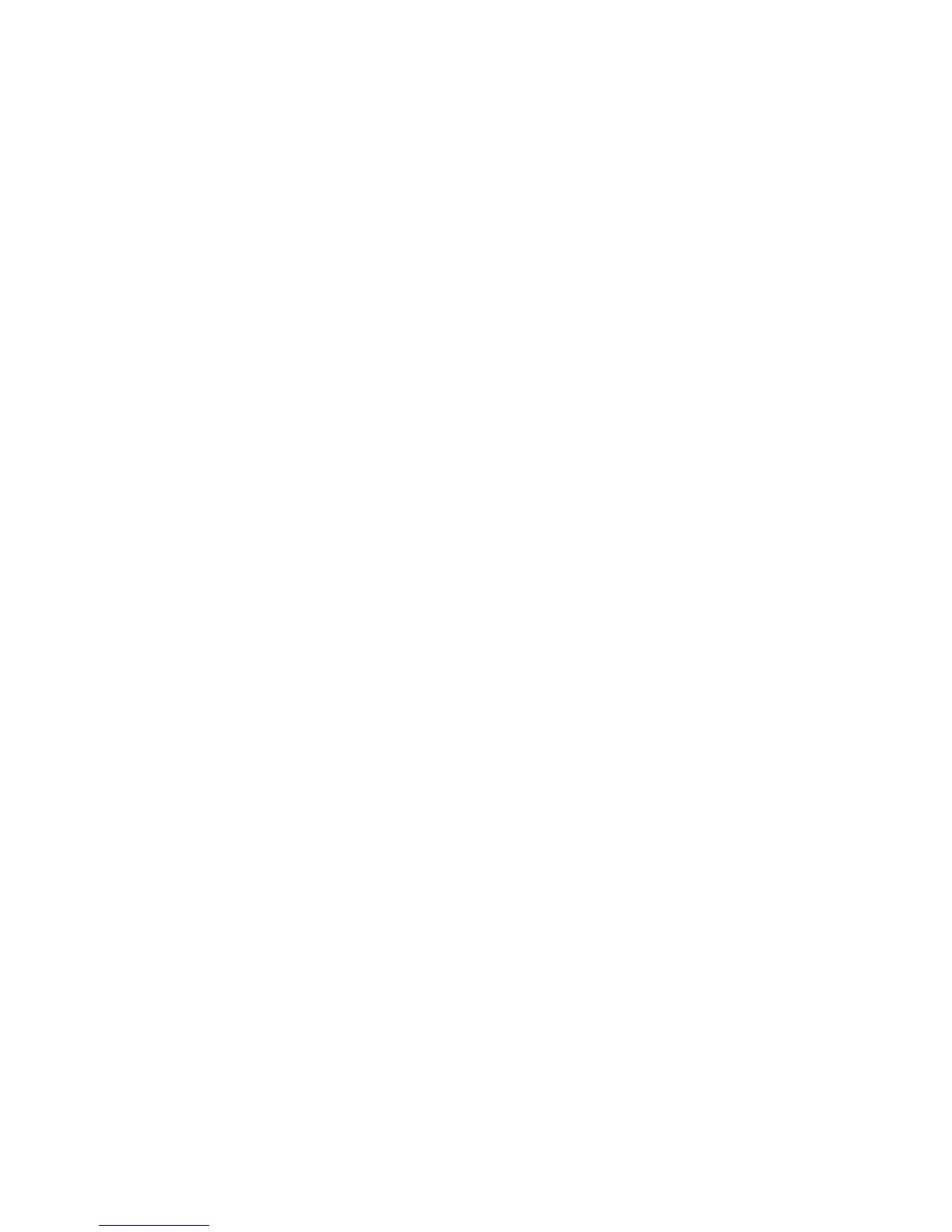